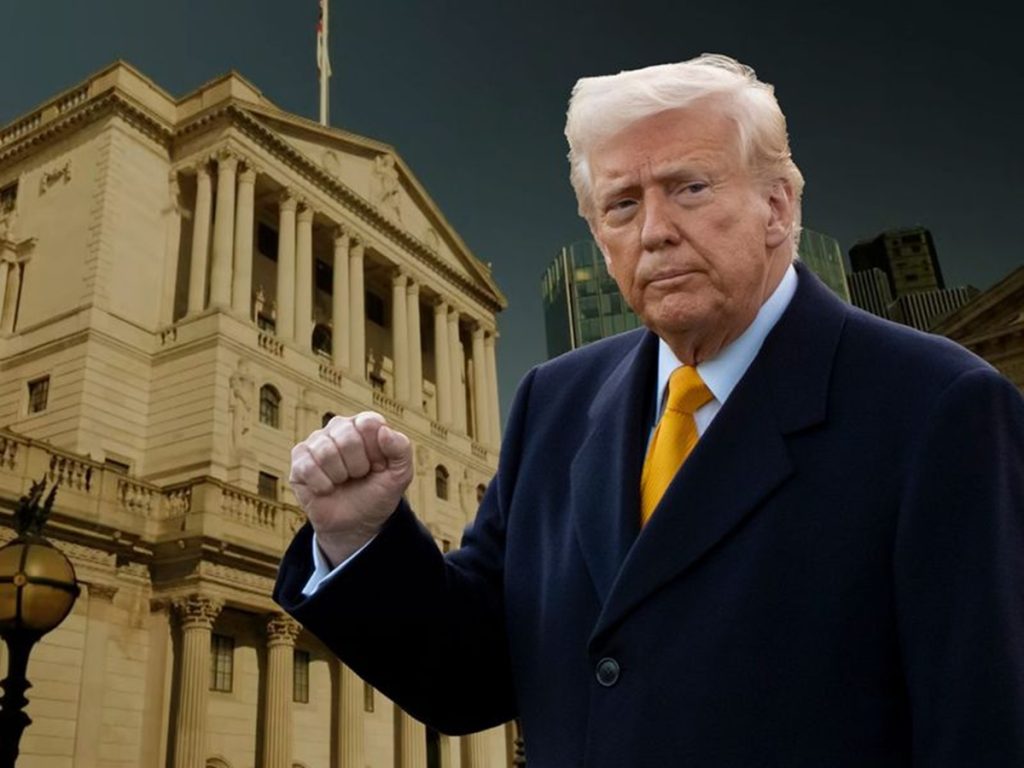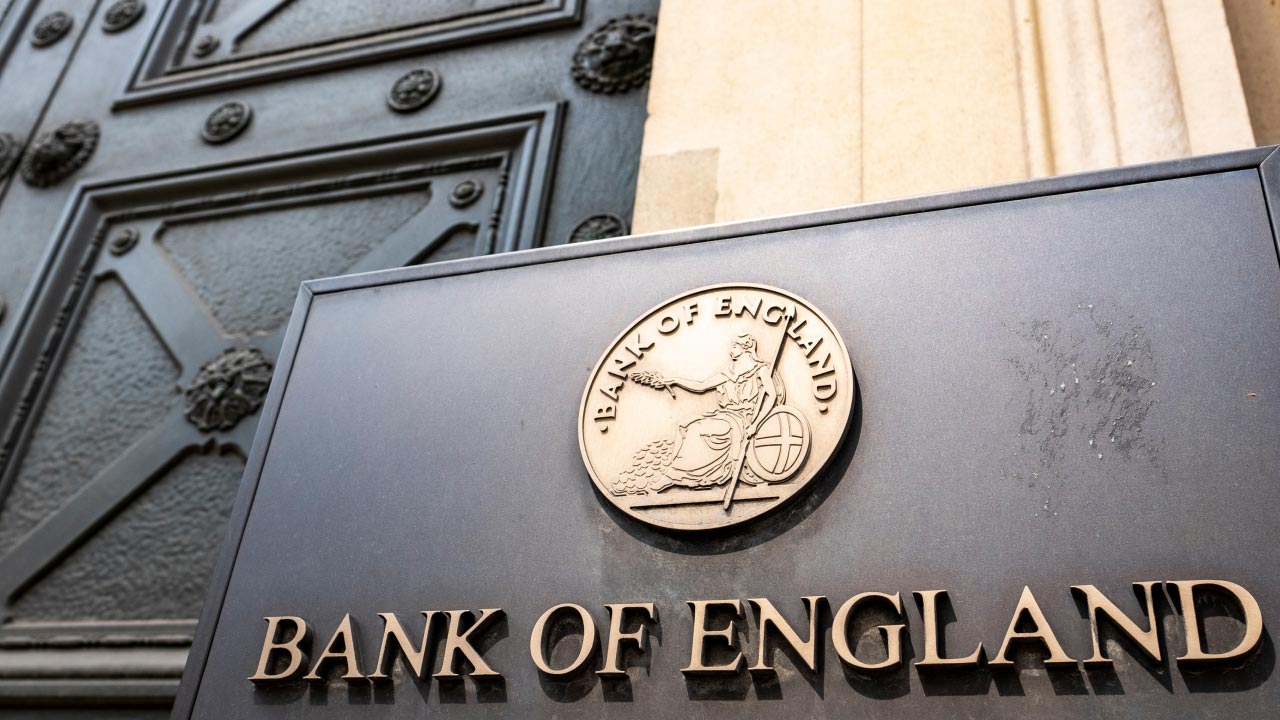The Bank of England is expected to lower its benchmark interest rate by 0.25 percentage points on Thursday, amid growing concerns that U.S. President Donald Trump’s proposed tariffs could stifle economic growth.
The anticipated rate cut would bring the Bank’s base rate down to 4.25 percent, aligning with a broader trend of easing monetary policy among major central banks. The European Central Bank slashed interest rates last month, and the U.S. Federal Reserve opted on Wednesday to maintain current borrowing costs rather than raise them.
The Bank of England’s Monetary Policy Committee (MPC) is scheduled to announce the decision at 11:02 GMT—two minutes later than usual—as the UK observes a national moment of silence marking the 80th anniversary of Victory in Europe (VE) Day.
With the rate cut already priced in by financial markets, attention will focus on the MPC’s accompanying statement for any signals about future policy moves. Analysts will be scrutinising whether the Bank’s tone shifts to suggest a more aggressive path of easing later in the year.
“While the Bank of England is universally expected to cut (on Thursday)… the key to the reaction in the pound will be the bank’s accompanying communications,” said Enrique Diaz-Alvarez, chief economist at global financial services firm Ebury.

Diaz-Alvarez anticipates the Bank will downgrade its forecasts for both inflation and economic growth in 2025. “The committee is likely to say that US tariffs will weigh on UK growth and dampen price pressures,” he added.
The U.K. economy is under added strain as Trump’s trade policy threatens to impose 10 percent tariffs on most British exports to the United States—the UK’s second-largest trading partner after the European Union. The move, intended as part of a broader trade realignment by the U.S., could pose significant challenges for British manufacturers and exporters.
Bank of England Governor Andrew Bailey has warned that the effects of Trump’s tariff plans could ripple through the British economy, even if the U.K. escapes the harshest measures. Lower global oil prices—driven in part by trade uncertainty—have already set the stage for easing inflationary pressures, further justifying a rate cut, according to market analysts.
Meanwhile, London and Washington are reportedly in the midst of post-Brexit trade negotiations that could result in the U.K. receiving some tariff relief. Media reports suggest a deal might include concessions on Britain’s digital services tax, which targets U.S. tech giants.
The Bank of England last adjusted interest rates in March, when it opted to hold steady at 4.5 percent. That decision followed a period of monetary tightening, during which rates were reduced three times in seven months as sluggish growth weighed on the economy.
Now, with geopolitical risks mounting and domestic output still fragile, the Bank appears poised to pivot more decisively toward supporting economic activity. Investors will be watching closely to see just how far the BoE is willing to go in response to rising global headwinds.


 Trending
Trending 